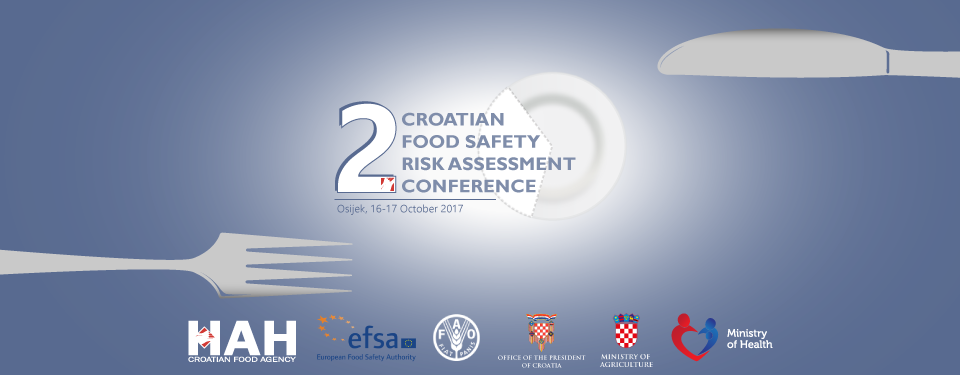Zdravko Tušek, MBc Crop production
Croatian Advisory Service, Zagreb, Croatia
Grapevine is one of the most important agricultural brands in the Republic of Croatia. Apart from the economic importance, grapevine has a profoundly traditional value that has enabled the survival of many families.
Like every agricultural production, wine growing is accompanied by various risks, and the risk of the losses in the production due to the appearance of a pest or disease is particularly expressed in vineyards.
At the end of the 20th century special attention of the agronomist profession as well as the producers themselves is directed at the problem of diseases caused by phytoplasma.
The most harmful phytoplasma Flavescence dorée (FD) is on the list of quarantine harmful organisms. Its monitoring is under the jurisdiction of the Plant Protection Institute and the Ministry of Agriculture, Department for Food and Phytosanitary Policy.
The first finding of FD-phytoplasma on the grapevine in Croatia was confirmed in Vivodina, Karlovac County in 2009. From 2009 until the end of 2016 it spread to 10 counties. The most affected counties are located in the area of central Croatia and Istria.
The Ministry of Agriculture (Croatia) has brought Command to take measures to prevent spreading and suppression of Grapevine flavescence doree, as well as the Action plan for suppression and prevention of this disease for 2017.
Phytosanitary measures to be implemented by these acts are:
- the establishment and designation of the infected area, that is the area where the fungal phytoplasma Flavescence dorée (FD) has been confirmed by molecular methods (PCR, RFLP) or other relevant methods,
- eradication (cutting nad burning) of infected root crops showing typical symptoms of phytoplasma in the focal point (1 km in the circle from the site of the first occurrence of the disease)
- cutting the entire vineyard if there are more than 20% of infected plants, those are the plants showing typical symptoms of phytoplasmic infection
- systematic monitoring of vectors and emergence of newborn plants in the infected area in order to take phytosanitary measures on time to prevent further spread of this dangerous disease
- mandatory suppression of vector – American cricket (Scaphoideus titanus) in the infected area
The Advisory Service as a specialized public institution for carrying out agricultural-advisory activities in agriculture as part of its activity since 2002 has been involved in monitoring phytoplasma of vines in almost all vineyards. The occurrence of symptoms was followed by the experts of the Plant Protection Institute through the Program of Reporting Projects in Plant Protection.
Due to the great economic damage caused by Grapevine flavescence doree in some counties, during 2017 the Advisory Service organized a campaign of informing the winemakers about the mentioned vine disease.
The aim of the campaign is to get winemakers acquainted with harmful organisms, phytoplasma Candidatus Phytoplasma vitis the causer of this disease, with economic damages that it causes to producers, its spread, the symptoms that occur on the plant, the way of transmission through the vectors, and with the prevention measures.
Apart from the information campaign, the Advisory Service conducted a monitoring that included monitoring of symptoms in the area of over 1500 farms. The Advisory Service as part of its activity has organized system of Reporting Forecasting Work for plant protection. With yellow sticky plates, plant protection specialists have continuously monitored the appearance and development of American cricket (Scaphoideus titanus) and provided recommendations for its suppression. We tracked American crickets on 209 sites across the entire territory of the Republic of Croatia.







